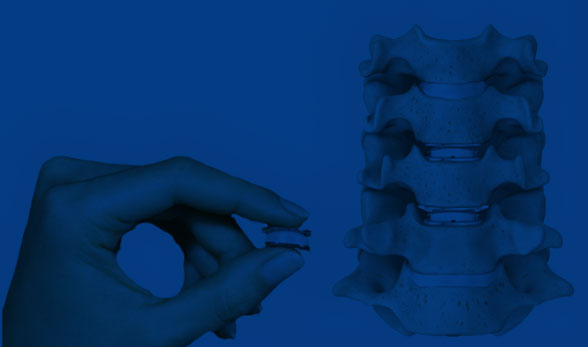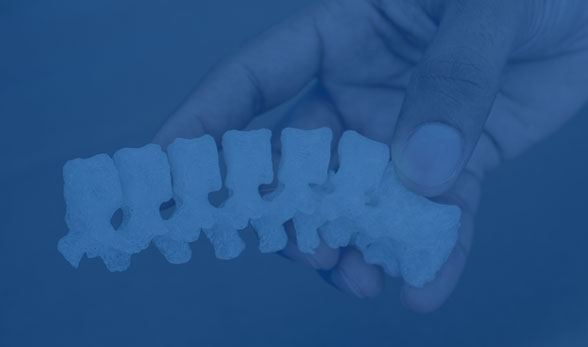3D Guided Navigation
If you are experiencing chronic back or leg pain that is unresponsive to conservative treatments, then you may be a candidate for minimally invasive spine surgery in conjunction with our computer 3D guided spinal navigation system.
How It Works
Surgical imaging and navigation technologies enable Dr. Webb to perform your surgery with accuracy and enhanced visualization both before and during surgery. Dr. Webb uses a planning computer software to help him prepare for your surgery, before you even arrive in the operating room. This plan is used to provide the pathway or route to accurately place the pedicle screws and other hardware on the day of surgery. By doing this, Dr. Webb will ensure the correct size implants and screws will be available the day of your surgery and also takes the guesswork out of performing your implantation. This not only saves time in surgery (meaning a shorter surgery), but also decreases complications of misplaced screws.
Most commercially available surgical navigation systems are based on infrared cameras detecting reflective spheres attached to the spine of the patient via a dynamic reference frame.
During surgery, Intraoperative images will provide a detailed 3D view of your specific anatomy in real time. Using computer guided navigation allows Dr Webb to display the surgical instruments and implants on a computer screen for Dr. Webb and the rest of the operating room staff to monitor throughout the case. This display gives Dr. Webb a real time view during the procedure for more precise implant placement.
Compared to traditional surgical techniques, computer-assisted navigation using intraoperative 3D imaging has been shown to improve screw placement accuracy and reduce complications due to screw misplacements. Moreover, improved accuracy has also been shown in more challenging conditions, such as scoliosis surgery, where it may be of even greater importance. Consequently, navigation also reduces the frequency of postoperative revision surgery compared to the more traditional surgery and minimizes radiation exposure to the surgeon, patient, and operating room staff.
It is important to understand that the decision to receive minimally invasive spinal navigation surgery is individualized to each patient and their symptoms. Dr. Webb will discuss whether you are a candidate for this procedure at your visit.
References
Tian, N. F. et al. Pedicle screw insertion accuracy with different assisted methods: a systematic review and meta-analysis of comparative studies. Eur Spine J. 20(6), 846–859 (2011).
Jin, M. et al. Incidence and risk factors for the misplacement of pedicle screws in scoliosis surgery assisted by O-arm navigation-analysis of a large series of one thousand, one hundred and forty five screws. Int Orthop. 41, 773–780 (2017).
Fichtner, J. et al. Revision rate of misplaced pedicle screws of the thoracolumbar spine-comparison of three-dimensional fluoroscopy navigation with freehand placement: a systematic analysis and review of the literature. World Neurosurg. 109, e24–e32 (2018).
Chan, A., Parent, E., Narvacan, K., San, C. & Lou, E. Intraoperative image guidance compared with free-hand methods in adolescent idiopathic scoliosis posterior spinal surgery: a systematic review on screw-related complications and breach rates. Spine J. 17(9), 1215–1229 (2017).




